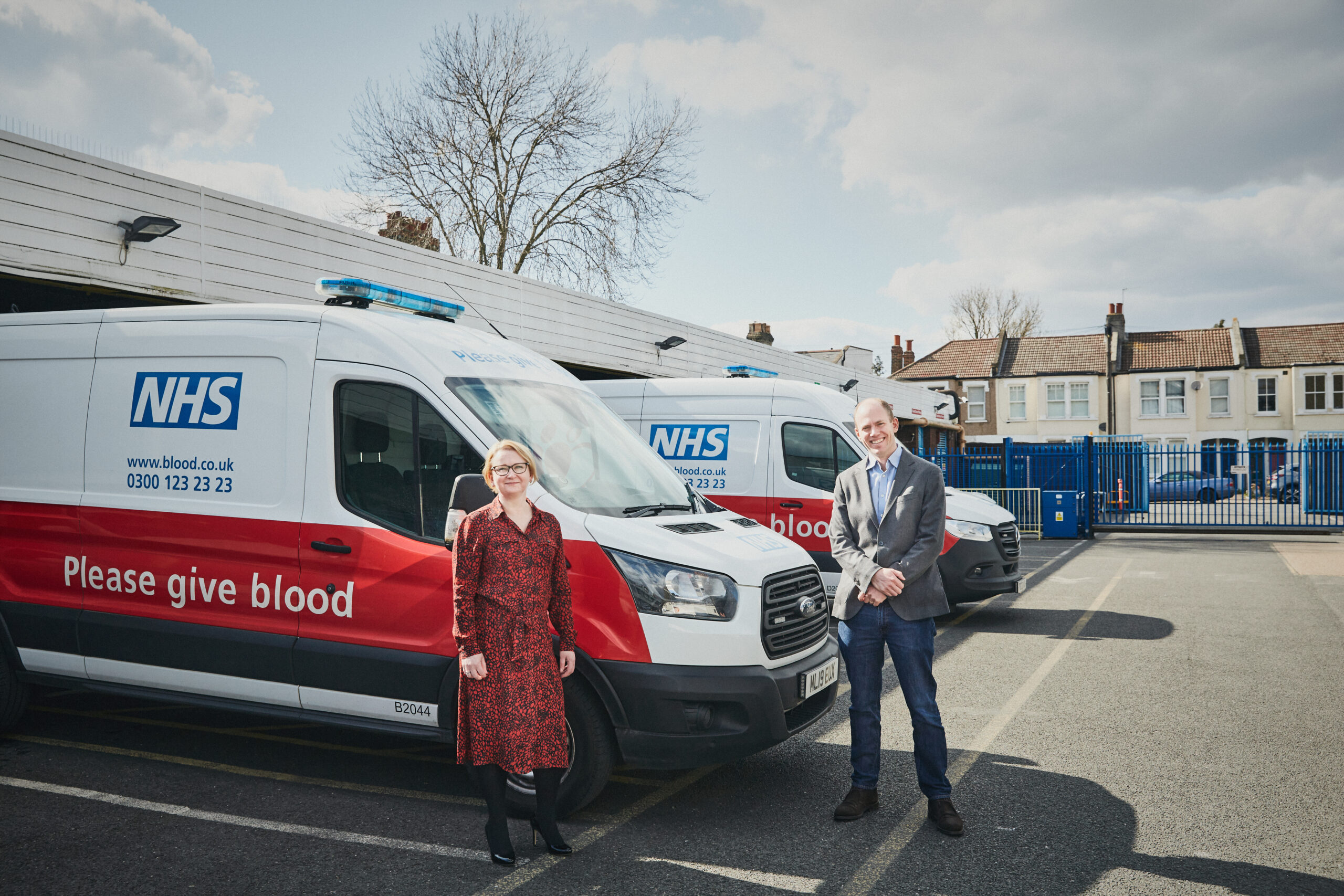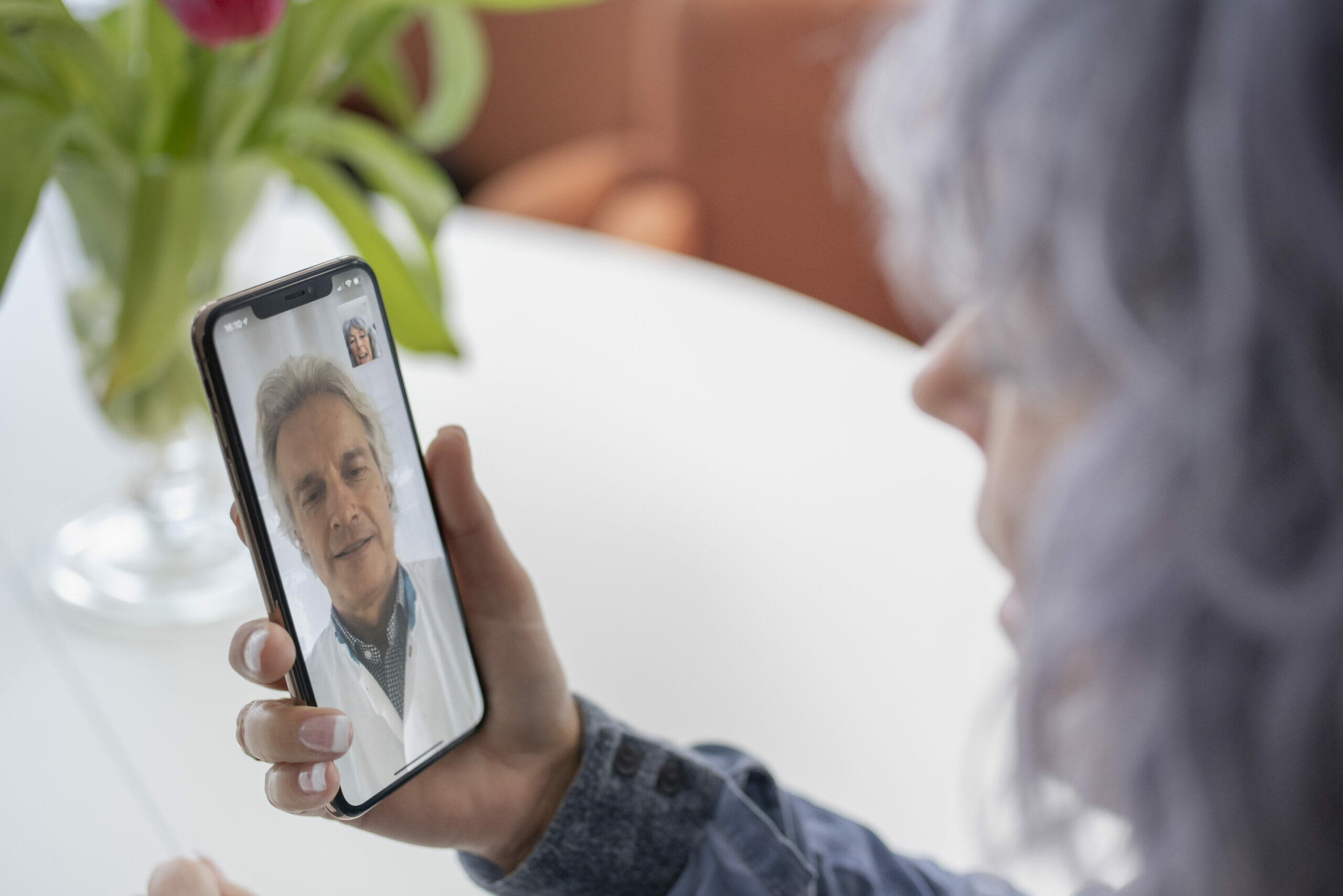3M M*Modal: Voice-activated healthcare
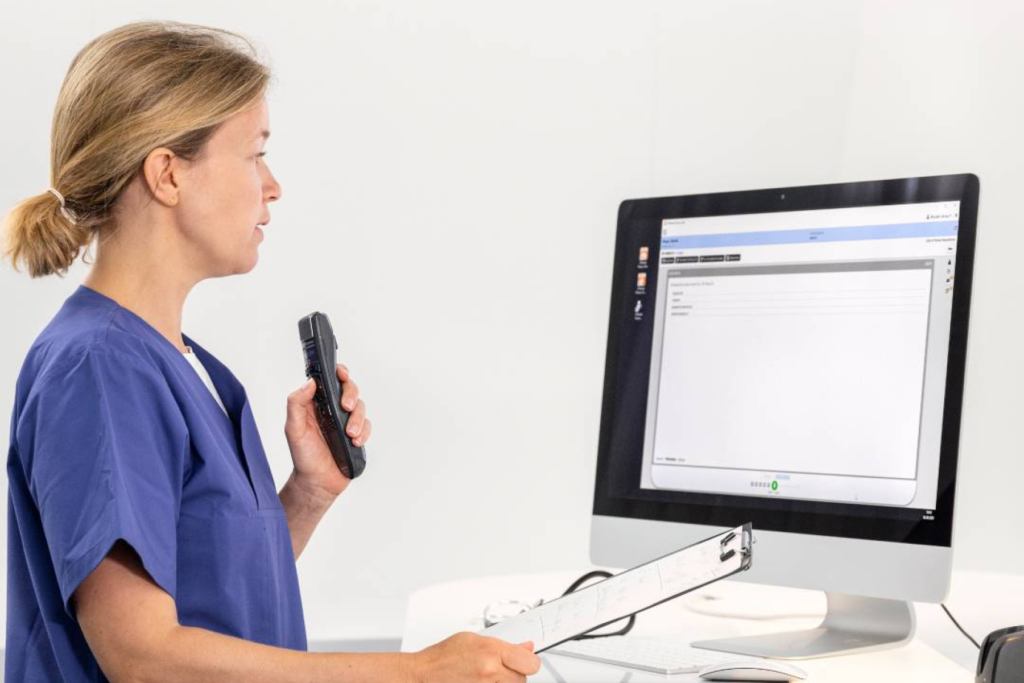
AI and natural-language processing present a dramatic opportunity for stretched healthcare systems to transform their clinical day-to-day. 3M Health Information Systems’ M*Modal platform is busy doing exactly that.
The sheer weight of numbers is staggering. More than seven million people across England are waiting for NHS treatment, with nearly 400,000 of these waiting for over a year. Average waiting times are over three months. When patients do see a clinician, they’re likely to encounter someone grappling with incredible demand, doing their very best for their patients, but having to work long hours just to make a dent in the administration of their caseload.
No wonder, then, that a SKY News analysis of NHS data revealed it lost 10,000 staff due to work-life balance issues last year alone – with work-related stress, sickness and burnout contributing to a worrying 175,000 working days lost to the NHS… in one month.
Such pressures are replicated in health services across the world. In the United States, 3M Health Information Systems (3M HIS) asked physicians what their issues were and found 60 percent felt bureaucratic tasks contributed to burnout, with nearly half of their working days spent managing Electronic Health Records (EHR) and other administrative tasks. Tellingly, only 27 percent of their total time was spent on direct, clinical, face-to face time with patients.
It might sound counterintuitive, but for 3M HIS, the answer to humanising the whole healthcare process is technology.
“As we try and address these challenges, the key enabler is digital transformation,” says Erik Van Hoeymissen, Vice President, Global Business Development at 3M HIS. “Digital transformation has the potential to make healthcare more proactive, decentralised, personalised and value based.”
3M HIS’s ethos behind its work is centred on developing tools that create “time to care”. The idea is to create platforms and software that allow healthcare professionals to concentrate on what they’re good at – looking after people. 3M’s M*Modal platform has already begun to have a huge impact on healthcare systems across the world.
Using conversational AI and ambient listening, the real-time speech recognition engine allows physicians of any medical speciality to conversationally create, review, edit and sign clinical notes directly into the patient’s EHR, automating their clinical documentation.
Meanwhile, 3M M*Modal’s computer-assisted physician documentation (CAPD) engine analyses and monitors the clinical narrative, nudging medical professionals for additional information and even suggesting courses of action to improve the quality of care and record keeping.
“Rather than using a keyboard and a mouse, clinicians can use their voice to create medical documentation, which is a lot faster and more efficient. Typically, a user can speak three times as fast as they can type,” says Van Hoeymissen. “That’s great because 3M M*Modal can, through real-time natural language understanding, interpret the meaning of the words.
“But I think more importantly, it changes the whole patient experience. All of a sudden, the doctor doesn’t necessarily have to look at the screen anymore, they can fully focus on that conversation with the patient, which allows doctors to be more empathetic, have a deeper conversation, or gain real understanding of what’s going on with the patient.”
"In creating time to care - in automating the documenting process in a much smarter way, in prioritising healthcare analytics and population health management - we know that we can significantly shift the needle when it comes to the way we manage our health.” - Erik van Hoeymissen
Of course, doctors using dictated notes is not in itself new. Alec Price-Forbes is a consultant rheumatologist and Chief Clinical Informatics Officer for Coventry and Warwickshire Health and Care Partnership ICS. He remembers beginning his clinical journey unspooling analogue tapes of his correspondence, which would then get dictated. He asked for a digital dictaphone, and “the rest is history,” he smiles.
“The biggest bugbear for me as a clinician is documenting and dictating. It’s something I’ve never liked, despite the fact that my whole digital transformation journey started with a dictaphone,” he admits.
“With 3M M*Modal, no letter I’ve produced after consulting with a patient – virtually, or face to face – has needed transcription. And, historically, they’d have been outsourced; I would dictate, I wouldn’t be able to see what I had dictated, it would go off to somewhere in the world to be transcribed, and then would come back as an electronic document, be matched up with the patient demographics, and then presented to me to verify.
“That was all a paper process, by the way. Now, I can see a patient, I can dictate my letter using the 3M M*Modal platform, and the voice recognition software means I can read what I’m dictating at the same time and make any corrections if required. And I can verify and send that in real-time to the patient, their GP, or any other clinician that’s required. And I can do that from anywhere in the world.”
“These are hugely powerful tools that I think are game changers for the health and care system.” - Alec Price-Forbes
Price-Forbes calls this a reimagination of the whole healthcare process, using voice to automate interactions with the EHR system. And the reason M*Modal is so interesting for people like him is that its back end is clinically-focused. While natural-language processing applications are becoming increasingly common, the requirements of such systems in a healthcare context are an order of magnitude more complex.
“You might get, say, an Alexa-style voice recognition system, but does it know how to embed its technology into the workflow of a clinician? Can it group clinical data to come up with meaningful diagnostics and analyse risk?” says Van Hoeymissen.
“In order to train these algorithms that will understand both the voice of the doctor, but also understand the meaning of what is dictated, there’s a lot of data you need to train the system with. You need a cloud-based solution to do this, and we’ve now accumulated 20 years of medical knowledge and clinical expertise to deliver this system.”
“You need to know how to make this work in the day-to-day life of clinicians without changing the workflow they are familiar with – win their hearts and minds – so they can be confident that they can automate. That’s definitely our USP.”
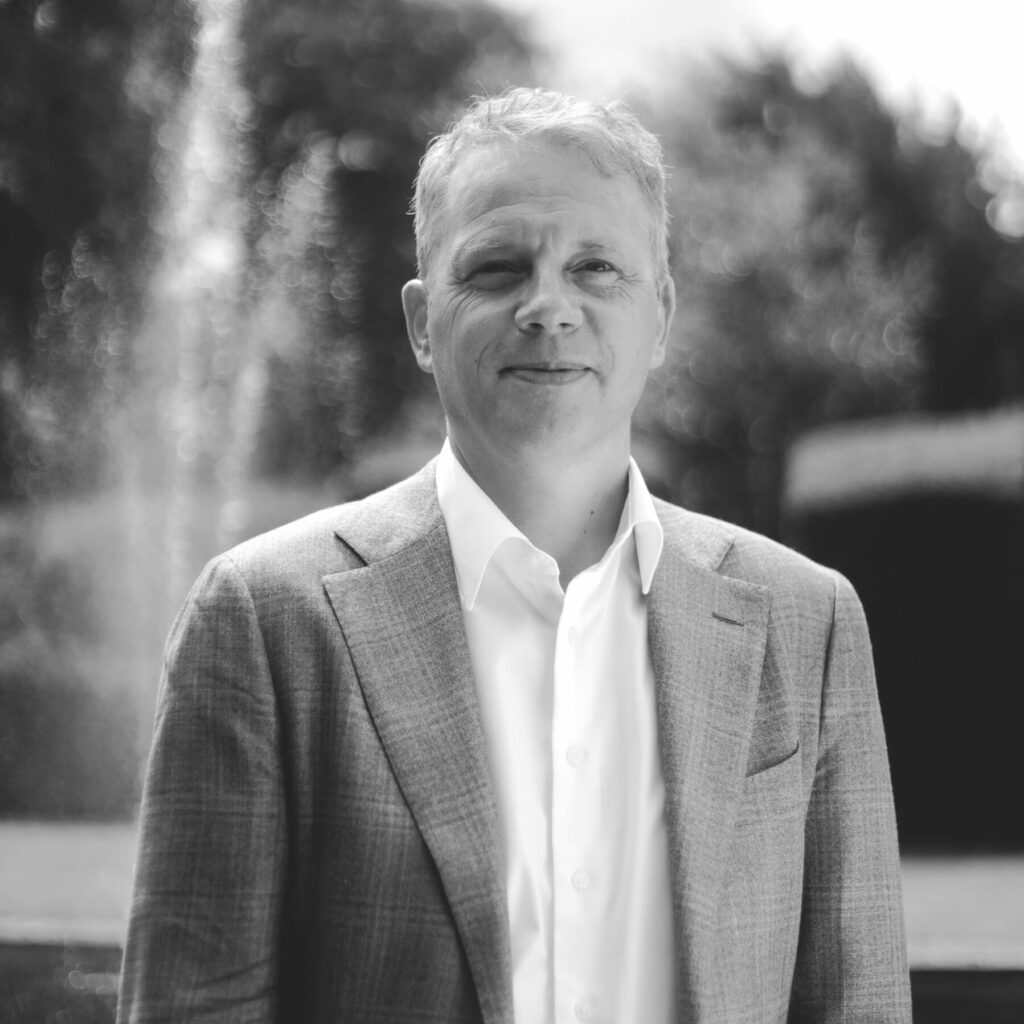
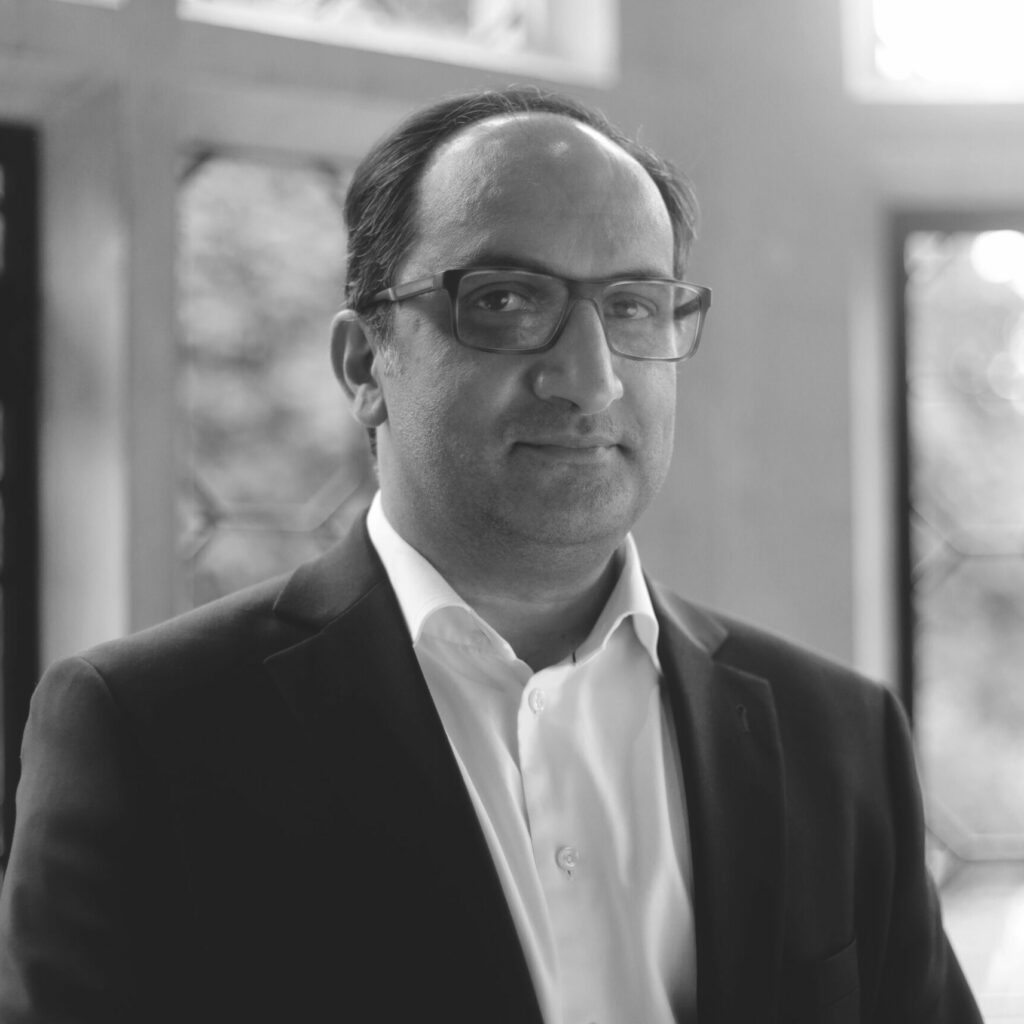
3M HIS has set about its task of creating a system laser-focused on the needs of clinicians by employing them directly to help develop 3M M*Modal. Van Hoeymissen admits there’s no point in digitally transforming anything if you’re just adding more processes into the day; the story of 3M M*Modal is not just about leading-edge natural-language processing in a clinical context, it’s about ensuring it adds the measurable “time to care” that is so important to 3M HIS’s vision.
That means 3M HIS actively partners with big EHR vendors such as Epic, Cerner, System C and Meditech – as well as more bespoke solutions – to smooth integration with existing systems rather than bolting on yet another management platform. With customers, too, 3M HIS will proactively map out how clinical documentation workflows are organised, identify choke points, and use automations to unblock them.
“Then, when a solution works, we scale it up,” says Van Hoeymissen.
And part of the battle for hearts and minds is reassuring people that such automations aren’t there to threaten the jobs of those who administer existing documentation processes.
“I see 3M’s toolkit supporting health and care providers by repurposing staff who are doing tasks like transcription,” says Price-Forbes. “Medical secretaries have a pivotal role in being patient navigators. My secretary does an amazing job in helping patients work out what needs to happen next. There’s always been this concern around the use of these technologies, that they would somehow replace a secretary. I see it very differently. It’s not about losing people, it’s about changing their job profile so they can really support patients going forward.”

M*Modal is just the beginning for what 3M HIS aims to achieve with voice-based AI and automation in healthcare. Van Hoeymissen talks of the ambient technology used to capture clinicians’ notes also being used in the future to input patients’ own understanding of their conditions onto their EHR.
“Imagine,” adds Price-Forbes, “if a patient can also capture in real-time what problem they are experiencing and flow it into their patient record. By the time their clinician sees them, there’s insight and data in there, which is far more powerful and credible.
“If you actually stop and think about it, at the moment we have someone with a health or care problem which builds up over a period of days, weeks, months, often years. They’ll then come along to an appointment and try and summarise everything that has happened to them in one go. With ambient listening technology, you’d already have an idea of what was going on. These are hugely powerful tools that I think are game changers for the health and care system.”
3M M*Modal’s technology can be applied to the structured data it captures to automate clinical coding, opening altogether new opportunities for data analysis. 3M HIS already provides population health management software, enabling better informed policy decisions.
“From our population health management solutions, we know that a large majority of the healthcare budget is spent on managing patients with chronic conditions,” says Van Hoeymissen. “Imagine if you could prevent patients from becoming sick, or if you could be much better at managing chronic conditions in a way that they don’t exacerbate. That’s going to significantly reduce the overall costs.
“We need to have much more emphasis on proactive prevention – and technologies like ours can use AI and machine learning algorithms to monitor or even predict conditions before patients even get symptoms.”
Ultimately Van Hoeymissen’s dream is that an empathetic conversation between a doctor and patient, powered by technology in the background, means healthcare systems will be taking care of the wellbeing of their patients, rather than simply treating them when they’re sick.
So, can technologies like 3M M*Modal really make us healthier?
“Well, the NHS definitely has the potential to leverage its data at scale, because it’s one national health system,” thinks Van Hoeymissen. “And if you enable patients to navigate the care system in a much simpler, easier way that is catered to their needs, then it empowers them to better manage their own healthcare.
“In creating time to care – in automating the documenting process in a much smarter way, in prioritising healthcare analytics and population health management – we know that we can significantly shift the needle when it comes to the way we manage our health.”


